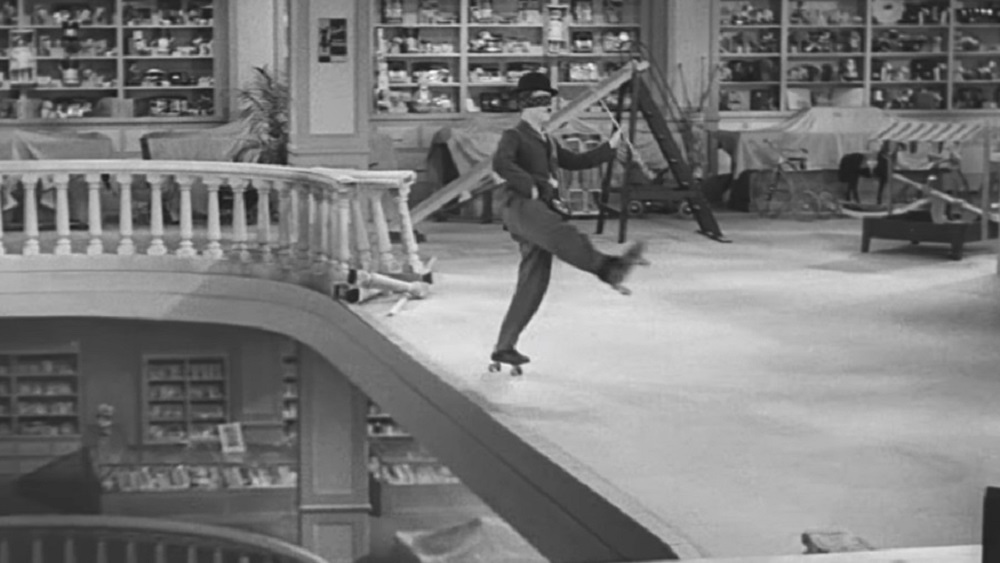- WallStreetWindow
- Posts
- Weak Treasury Sales This Week Caused Bonds And Stocks To Dip Together
Weak Treasury Sales This Week Caused Bonds And Stocks To Dip Together

Become A Better Trader And More Informed Investor

What you are looking at it is a chart of the TLT 20-year Treasury bond ETF. It has fallen in the last two days, and so has the US stock market. When the stock market last had a dip, in April, TLT was falling too and when the market really had its last real slide back last year from August to late October it coincided with a decline in TLT.
In other words bonds and stocks fell together, as you can see during those two times I have circled in the above chart.
When bonds drop their yields rise.
And that is what has happened in the past two days.
There was a weak Treasury bond auction this week that has helped cause bonds to dip.
The problem is the US government deficit is growing so big that it has to issue more and more Treasury bonds to finance it.
Last year, when bonds fell, in the Fall, that topic became a source of discussion, for awhile, until bonds and the market started to rally.
The Federal Reserve in fact made a pivot from talking about higher rates to preparing the way for interest rate cuts. Those cuts never happened, but that talked helped spur the market rally and generated broad base buying in just about everything in the markets in December and earlier this year.
With all the talk and excitement about NVDA, and AI right now, it’s easy for people to forget what really started this current rally in the first place.
It was the Federal Reserve and that dovish pivot that turned things around last year in late October. When the ten year Treasury bond yield got to 5% they were forced to act.
Hopefully, the bond dip reverses before the end of the week and we see the TLT ETF go back up, but there will be a time in the future in which this will become a major trend and problem in the markets again. Remember in 2022 bonds and stocks both fell together that year too.
However, the market rally has narrowed so much that only a few stocks are pushing up the S&P 500 right now. According to a WSJ article this morning, “This month, as indexes hit fresh records, just four giant technology stocks added more market value than the rest of the S&P 500 put together. A brief burst of outperformance by smaller stocks seems to have petered out again.”
Those four stocks were NVDA, AAPL, MSFT, and GOOG, and half of the entire market cap gain in the S&P 500 came just from NVDA.
That’s why it is all they are talking about now.
Just that one stock and one meme - “AI".
Over 30% of the S&P 500 is now made up of just these four stocks.
Top Financial News Of The Day
Market Commentators
Also Of Interest
How WWII ended according to a Korean school book, phone kids learning by memes……..

And…..
In March, I started to get excited about what is happening in the precious metals markets, thinking that it is the start of a massive new trend that will last for years, and would bring good times for my own investing and trading. When I realized how “AI” was ruining, and would destroy most news websites, I wasn’t sure what to do and considered just retiring from the financial content internet world, but decided to make a go with an email newsletter.
So, I’m glad you are reading this.
But anyway, when I started to get excited about the markets I got tempted into taking a big position, as I had done that in 2008 shorting the stock market and a few times before that trading gold stocks. I went back and read some books about Jesse Livermore and how he would trade big in the markets, trying to get a feel for his exact trading method, as he was someone I studied when I first started out. And I’ll talk more about that later, but I found out he didn’t invent his strategy and he wasn’t the last person to make hundreds of millions out of the market either using it.
But I didn’t do it.
I decided to stick with a 50% position and keep the other 50% ready to use elsewhere, to keep half of my money in bonds and CD’s and draw interest and wait for a trading or investment outside of precious metals and mining stocks.
For one thing, I got more money to risk now than I did in the 2000’s, but in the long-run it is the best way to make money. From 2002 to 2007 I primarily traded gold stocks by swing trading 100% positions in a basket of them. I made good money, but I looked back once and found that if I only had put 20% of my money into that trade in 2002, and just held it, I actually would have made more, because when you trade by trying to jump in and out of something all you have to do is have one entry point go wrong, or get shaken out once, and you can get left out of a bull market for months until there is another pullback to get you back in.
How big of a position you take is a big deal, and big positions are more likely to lead to getting shaken out of something early, as I wrote about yesterday.
Also, even in bull markets, most of the time things are going sideways and consolidating. It’s tough to jump in and out then and that is when you get easily shaken out trying to do so. Just look at the silver action the past two weeks.
And what happens when you are wrong 30% of the time in the markets?
In a recent interview I watched of Jeffery Gundlach he said he has been trading the bond market now for decades and looking back on his career has been right 70% of the time and wrong 30% of the time.
He said that you have to make sure you don’t wipe out when you are wrong.
And really no one is going to be right 100% of the time.
One of the things I was reading was a pamphlet interview of Jesse Livermore written in 1922. In it he says he has been trading for 30 years and it took him 25 years to “find himself” and master his trading.
When I read that I thought to myself, wow I had been doing this now for over 25 years and feel like I am in a position to do great for the next few years.
But, Livermore end up wiping out in the 1930’s after making a fortune during the 1929 stock market crash, to actually become the equivalent of a billionaire for a year.
The years 1922 to 1929 would in fact mark the best years of his trading.
Then he had a meltdown.
From a biography of him it sounds like it was caused by a mental crisis linked to the end of his marriage, but he never stopped trying to make the big trade. It worked a lot of times for him, but when it didn’t it would lead to him going bust.
This pamphlet is really worth reading. It shows, in what was about to become his best years in the market, how he organized his trading day, what he would research, how would make his moves. It is when he deviated from what he talked about in this pamphlet that his trading fell apart, so it can serve as a helpful 35 page guide for winning in the markets, his methods all explained.
I found a PDF copy of this Livermore pamphlet you can read here:
Subscribe to WSW Pro Member to read the rest.
Become a paying subscriber of WSW Pro Member to get access to this post and other subscriber-only content.
Already a paying subscriber? Sign In.
A subscription gets you:
- • Plan ahead with our weekend Pro updates, where we will show you what trade setups we will be considering for the coming week, along with our in depth strategic market thoughts.
- • Receive our special Pro breaking trade updates during the week, to be an even better trader, with our entry and exit point suggestions.
- • Receive our private video Pro updates, find out what we are doing in our own portfolios, participate in live Q&A sessions
- • Save money with annual membership. Best deal with 47% off annualized monthly price.




